These Legendary NYPD Cops Were the Real-Life Inspiration for ‘Starsky and Hutch’
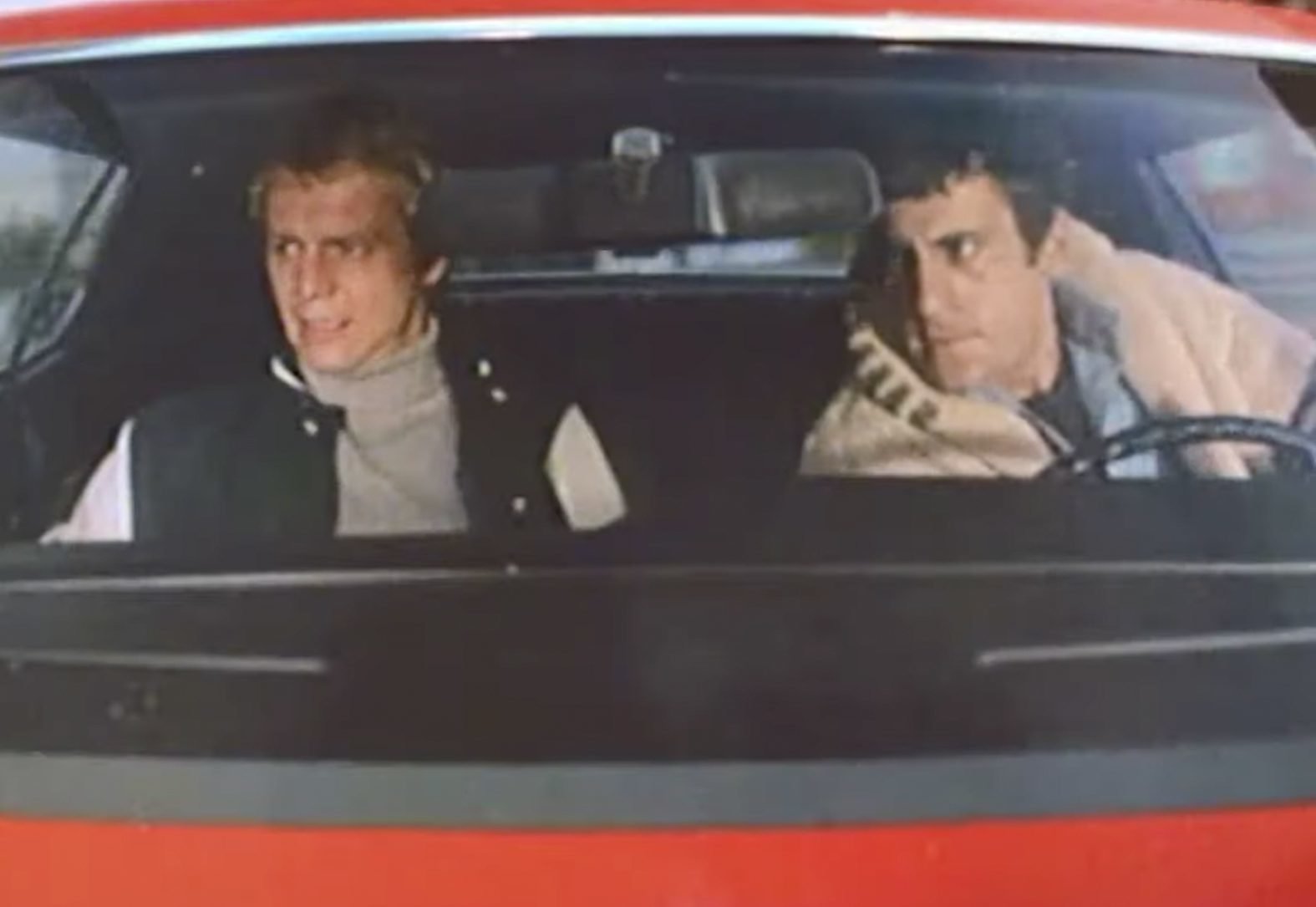
Actors Paul Michael Glaser, right, and David Soul portrayed the titular characters in Starsky and Hutch. Screenshot via YouTube.
These days, film and television viewers are used to seeing onscreen cops being close friends with their partners. With movies and television shows like Bad Boys, Miami Vice, and Brooklyn Nine-Nine, the buddy-cop story is its own genre.
Before 1975, TV cops didn’t bro out with anyone, least of all their partners. Joe Friday from Dragnet was almost as charming with his partner as he was with the audience. Almost. But in 1975, that all changed when Detectives Dave Starsky and Ken “Hutch” Hutchinson (portrayed onscreen by Paul Michael Glaser and David Soul, respectively) started busting punks on the streets of California’s fictional Bay City.
Starsky and Hutch caught on with viewers, and from that point on, police-show detectives became more than “just the facts.” The show was a hit partly because the two characters and their antics were based on real detectives.
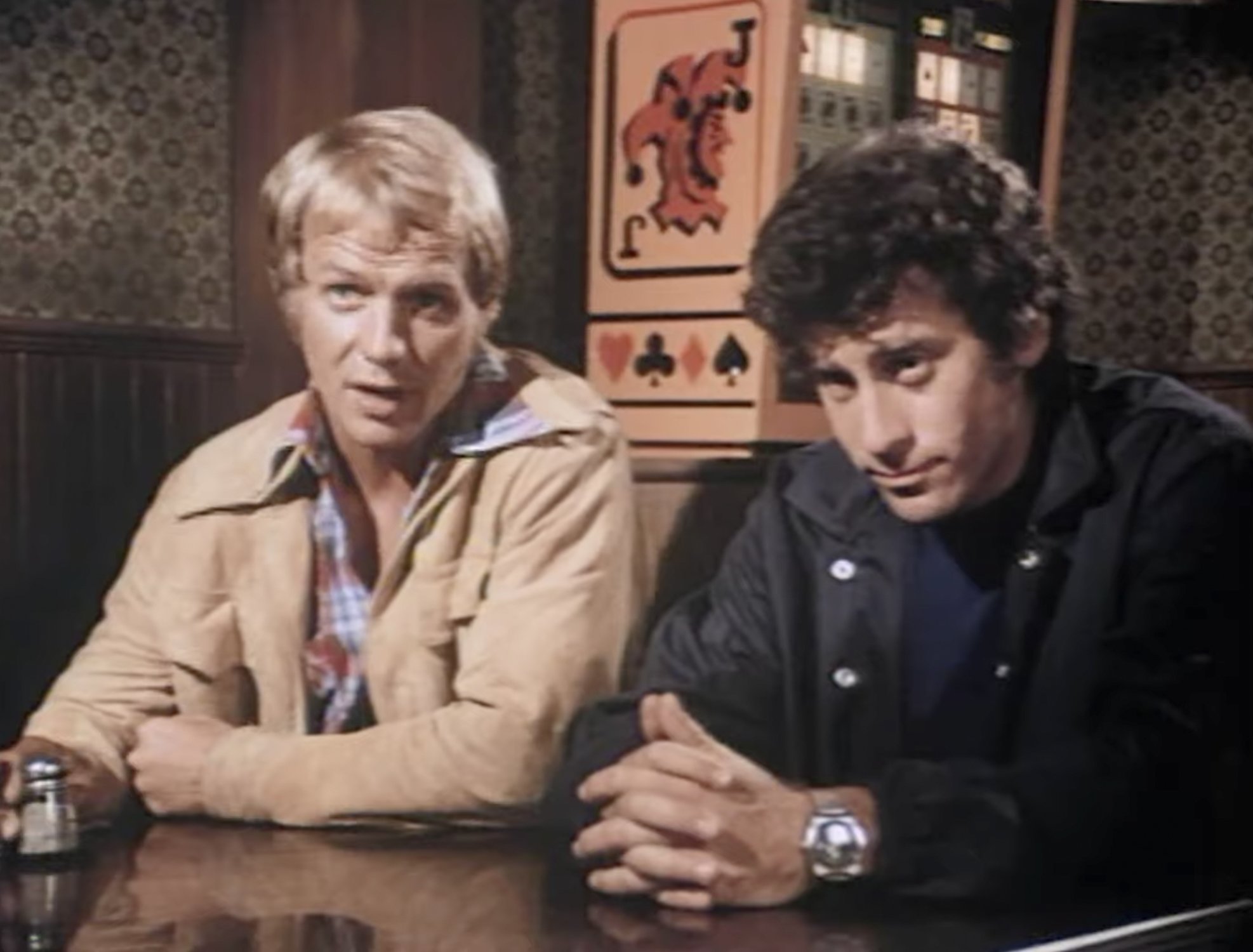
In their long careers, New York City Police Department Detectives Lou Telano and John Sepe found unique and “unconventional” ways to get the information they needed to solve crimes. In the 1960s and ’70s, Telano and Sepe were infamous across the department for their undercover work.
The New York City of the 1970s was a very different place from today’s Big Apple. New York City crime rates surged during the decade. Murders and car thefts doubled. Reports of rape and burglary more than tripled, and muggings increased tenfold.
The city was so rife with crime that NYPD officers distributed a pamphlet to tourists arriving at New York airports, warning them to stay away from the city if possible. The pamphlet was titled “Welcome to Fear City: A Survival Guide for Visitors to the City of New York.”
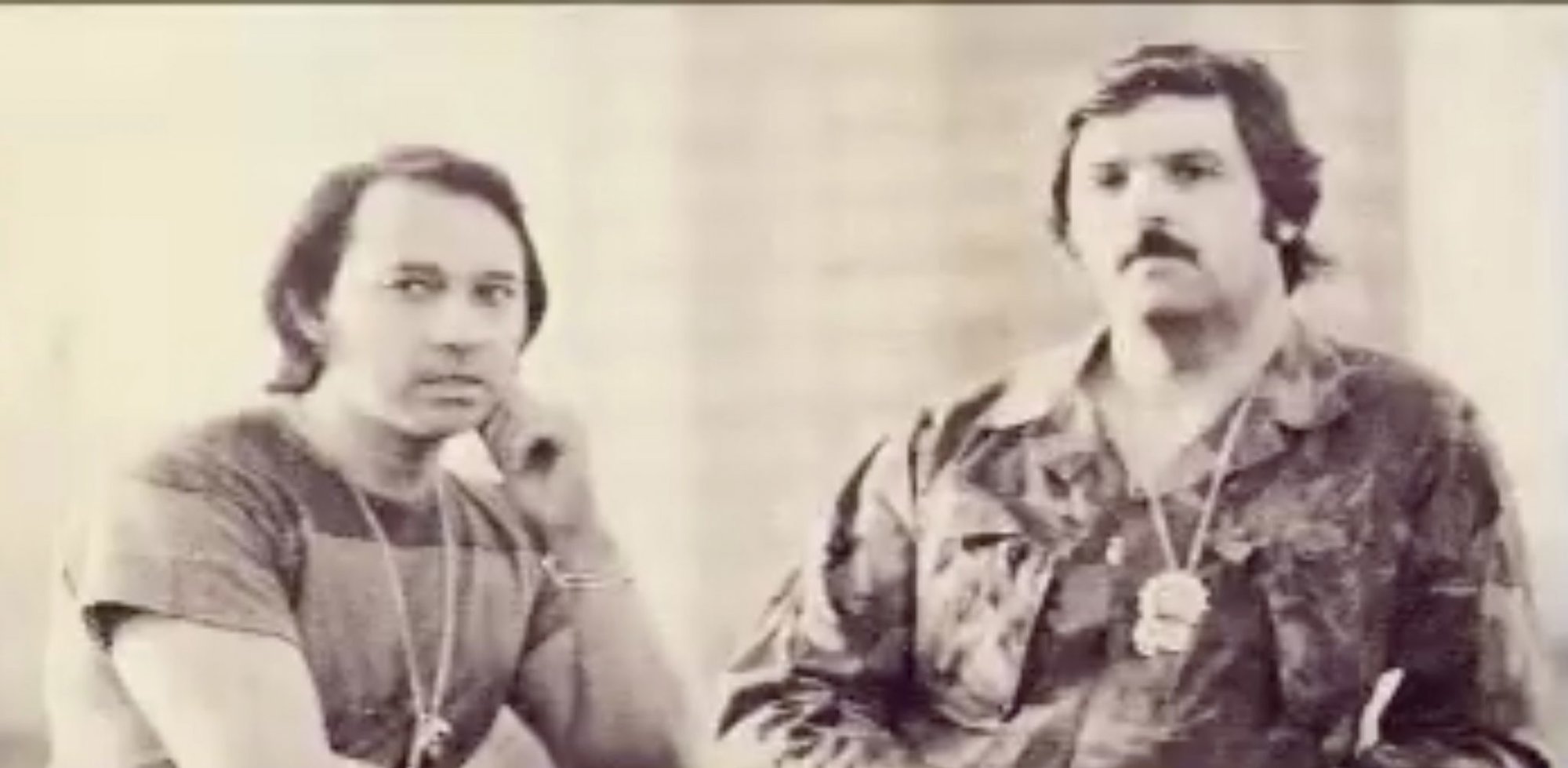
The city was also cash-strapped and nearly bankrupt. In 1975, 5,000 NYPD officers were laid off. For officers who remained on the force, such as Telano and Sepe, the NYPD became overly bureaucratic and separated from the problems of street crime. Cops wanted to go after bad guys without all the red tape. The lack of manpower and a surge in crime meant they could do their work without all that pesky oversight and risk assessment. “Undercover work” soon became “decoy work.”
When getting information from the streets didn’t get the job done, Telano and Sepe had no problem dressing up and posing as potential victims to draw out suspects — even if that meant wearing long skirts and high-heeled shoes.
To bust a group of teens targeting Hasidic Jews in the Williamsburg neighborhood of Brooklyn, the two detectives hired a rabbi to help them authentically dress the policemen as members of the orthodox community.
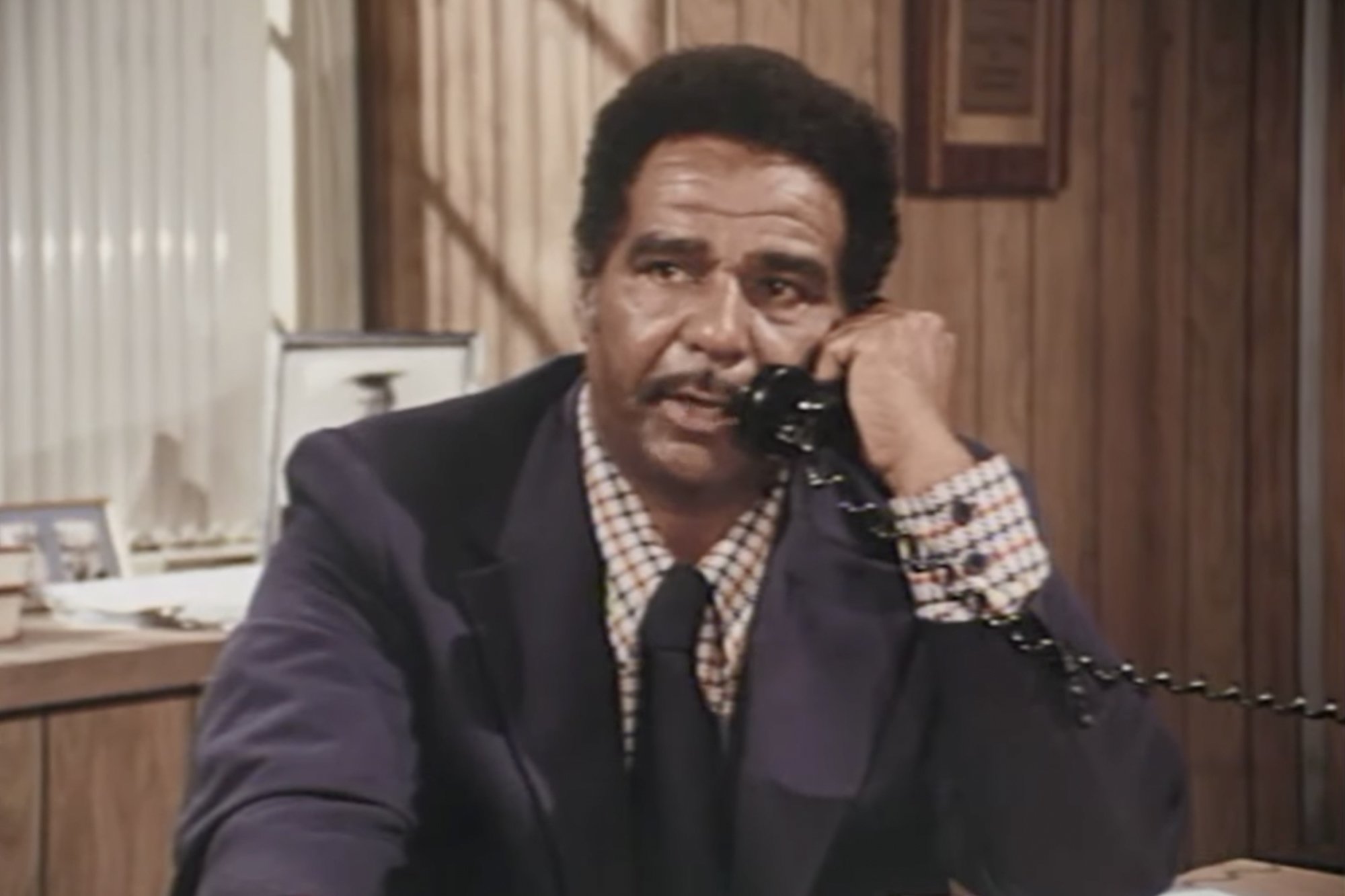
When thieves began hitting gay couples on Coney Island, Telano and Sepe donned tight white jeans and muscle shirts, walking hand in hand to attract the thieves’ attention. To protect nurses from getting mugged outside a Fort Greene hospital, the two put on skirts and wigs and hid their pistols in their pantyhose.
Sepe became known as “The Lone Ranger,” and Telano became his “Tonto,” but they never had to dress for those particular parts. They posed as hippies, ice cream men, and municipal waste workers, all to keep the streets as clean as two NYPD cops possibly could. They are credited with some of the highest arrest numbers in the history of the NYPD.
In the early 1970s, producer Aaron Spelling was looking to make a cop show that appealed to younger audiences. According to Josh Ozersky’s book Archie Bunker’s America: TV in an Era of Change, 1968-1978, Spelling wanted cops who worked “outside the system” to get the job done.

Both Starsky and Hutchinson were young bachelor cops who enjoyed a “swinging lifestyle.” They drove a bright red Gran Torino instead of a squad car and hung out with equally single, sexy women. They’d pal around with street criminals who’d provide critical information in exchange for avoiding arrest.
Also unlike other cop shows of the time, Starsky and Hutch had a diverse, multicultural cast. The cops reported to a Black captain, and one of the most popular characters was “Huggy Bear” (Antonio Fargas), a Black bartender-turned-business owner who always knew the “word on the street.”
Storylines that included roles for junkies, pimps, hookers, and dwarfs — all apprehended by cops wearing jogging shorts, dresses, disco attire, and even towels — helped the show become one of the most popular police shows on television.

To prepare for the show, producers, actors, and other workers spent significant time with Lou Telano and John Sepe while they did their unconventional police work.
Though Starsky and Hutch was a hit with audiences, not everyone loved it. The onscreen bromance between the two partners was a relationship developed between the actors who played Starsky and Hutch. Glaser and Soul decided they would have a Butch Cassidy and the Sundance Kid kind of chemistry. They would be ordinary guys who happened to like each other, unlike partners from previous shows. Network executives derided the duo as “two prime time homos.”
But the network wasn’t going to axe one of its most popular shows, even if the execs thought it projected homoerotic undertones. ABC moved the show to Saturday night to contend with the CBS powerhouse duo of The Mary Tyler Moore Show and The Bob Newhart Show. If there was a threat to Starsky and Hutch, it was the source material, Telano and Sepe.
The two NYPD detectives said they’d never seen a dime or gotten any credit from ABC or Spelling for being the inspiration for the show. Telano and Sepe sued the production company for its perceived oversight. The show featured trade secrets, cop mannerisms, and even the personal habits of Sepe and Telano. NYPD cops like Telano and Sepe weren’t going to take that lying down.
The cops and the production company would eventually settle out of court, awarding Telano and Sepe $10,000 each (more than $51,000 in 2021 dollars). The show lasted a total of four seasons and would later get a movie and a video game. Most importantly, cops on TV were now allowed to bro out.
As for Telano and Sepe, the two officers spent the rest of their careers in the New York Police Department. Telano became a successful television and radio show host and is the president of the New York Veterans Police Association. Sepe retired in 1989 and opened up a number of small businesses. He died of cancer at age 76 in July 2013.
Read Next:
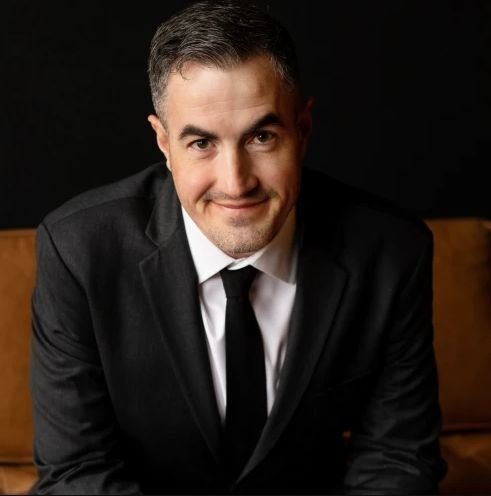
Blake Stilwell is a traveler and writer with degrees in design, television & film, journalism, public relations, international relations, and business administration. He is a former US Air Force combat photographer with experience covering politics, entertainment, development, nonprofit, military, and government. His work can be found at We Are The Mighty, Business Insider, Fox News, ABC News, NBC, HBO, and the White House.
BRCC and Bad Moon Print Press team up for an exclusive, limited-edition T-shirt design!
BRCC partners with Team Room Design for an exclusive T-shirt release!
Thirty Seconds Out has partnered with BRCC for an exclusive shirt design invoking the God of Winter.
Lucas O'Hara of Grizzly Forge has teamed up with BRCC for a badass, exclusive Shirt Club T-shirt design featuring his most popular knife and tiomahawk.
Coffee or Die sits down with one of the graphic designers behind Black Rifle Coffee's signature look and vibe.
Biden will award the Medal of Honor to a Vietnam War Army helicopter pilot who risked his life to save a reconnaissance team from almost certain death.
Ever wonder how much Jack Mandaville would f*ck sh*t up if he went back in time? The American Revolution didn't even see him coming.
A nearly 200-year-old West Point time capsule that at first appeared to yield little more than dust contains hidden treasure, the US Military Academy said.












